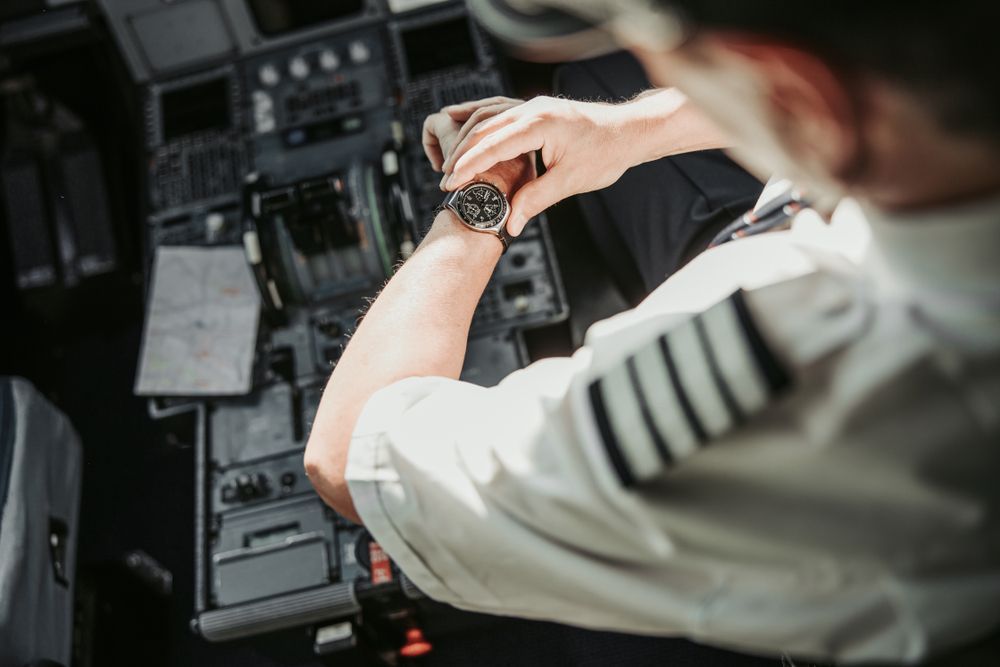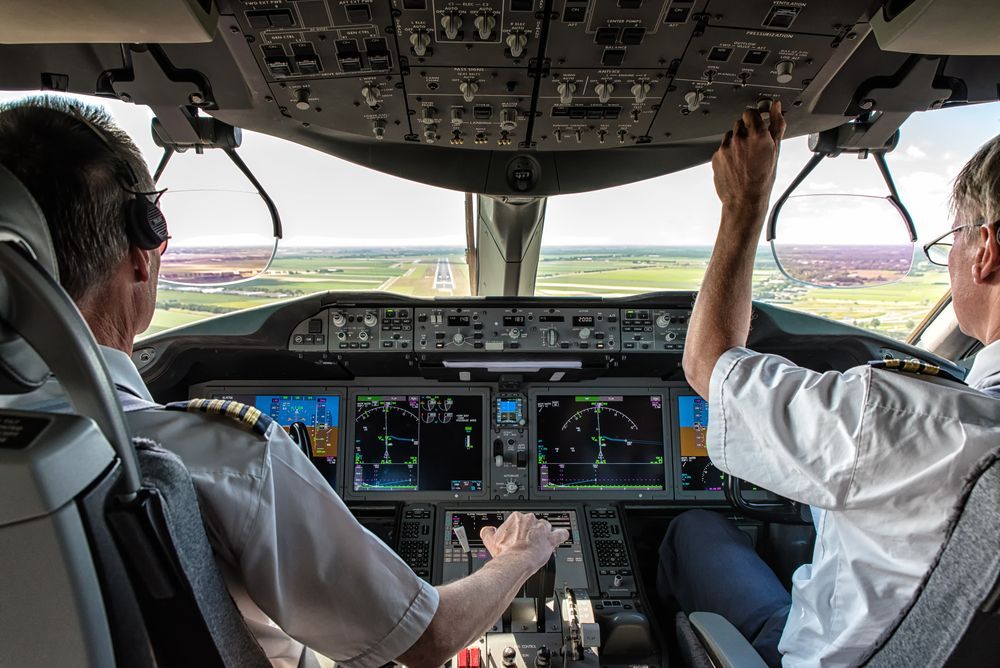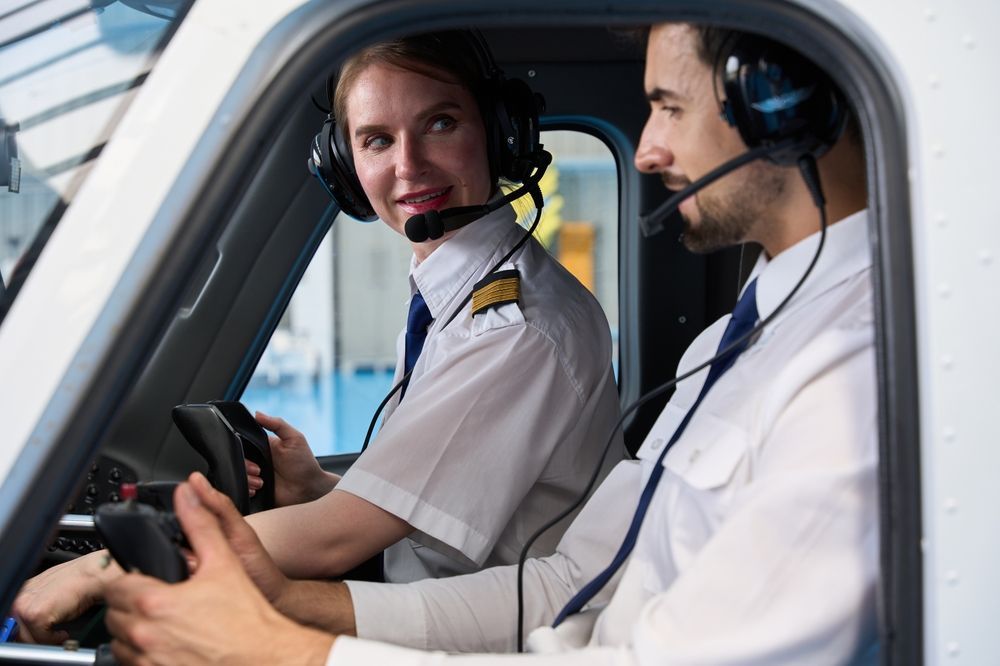What is Yaw in Flight? Roll, Pitch, and Yaw Explained
Share this article:
Written by: J.A. Flight Training
Key Takeaways
- Yaw is just one of three different types of movement an aircraft can experience, where a plane twists around a vertical axis.
- Yaw will always be linked to the other two types of movement, pitch and roll. A pilot will need to learn how to simultaneously control all three movements to prevent adverse yaw and keep the plane stable.
- The plane's rudder controls yaw movement, allowing the tail to move left or right as the rudder moves from side to side.
- You will be required to learn about yaw and the other movements of an airplane as a part of flight school before you can learn to fly.

What is Yaw?
Yaw is a type of movement experienced by an airplane (or other things), precisely referring to the twisting movement around a vertical axis. Of course, this is easier read than conceptualized. Yaw may be difficult to visualize since many of us haven't had to think about movement among a z-axis. As an example to properly visualize yaw rotation, stretch your arms outward (i.e. your wingspan) and keep them stretched out in a straight line. Then simply start twisting your body left and right without moving your arms. You are now essentially mimicking yaw movement. It would be rather alarming if you were on a plan experiencing lots of yaw movement since it would feel like you're constantly turning around. Luckily there are parts in place to control factors that influence yaw.
Roll, Pitch, and Yaw: Axes of Airplane Movement
Yaw is just one of the types of movements Airplanes can use to travel. The other two, pitch and roll, are all correlated with yaw. One type of movement cannot happen without another being affected. Each movement can be controlled by different parts of the aircraft, but must be closely monitored to maintain control of all movements of the plane.
Many will tell you to imagine three lines going across various parts of an airplane, all which meet at intersecting right angles and conjoin at the center of the plane, or its center of gravity. We will look at the rotation of these movements through these imaginary lines and review the parts of the plane that control it.
Yaw
As we mentioned above, yaw is the rotation among the vertical axis. If you draw an imaginary line up and down through the center of the plane, yaw rotates among that axis, sometimes referred to as a yaw axis. You can use the plane's rudder to control yaw, which is located on the rear of the plane on the vertical tail fin. We will look in detail at how to control yaw more below.
Pitch
If you run a line from the tip of one wing to the tip of the other, then you are looking at the lateral axis which controls the pitch. The pitch is the movement you think of when the plane is ascending while taking off or descending for a landing. On the horizontal tail wing, you will find an elevator, the device used to control the pitch movement by tilting the nose of the plane up or down.
Roll
Finally, the roll movement rotates around the longitudinal axis of the plane, or the line that runs from the nose of the plane to the tail. On the bottom edge of both wings, you will find the ailerons. The ailerons move in opposite directions. When one moves up, the other moves down, which allows the pilot to tilt the wings to turn the plane's direction.
How Does Yaw Affect Flying?
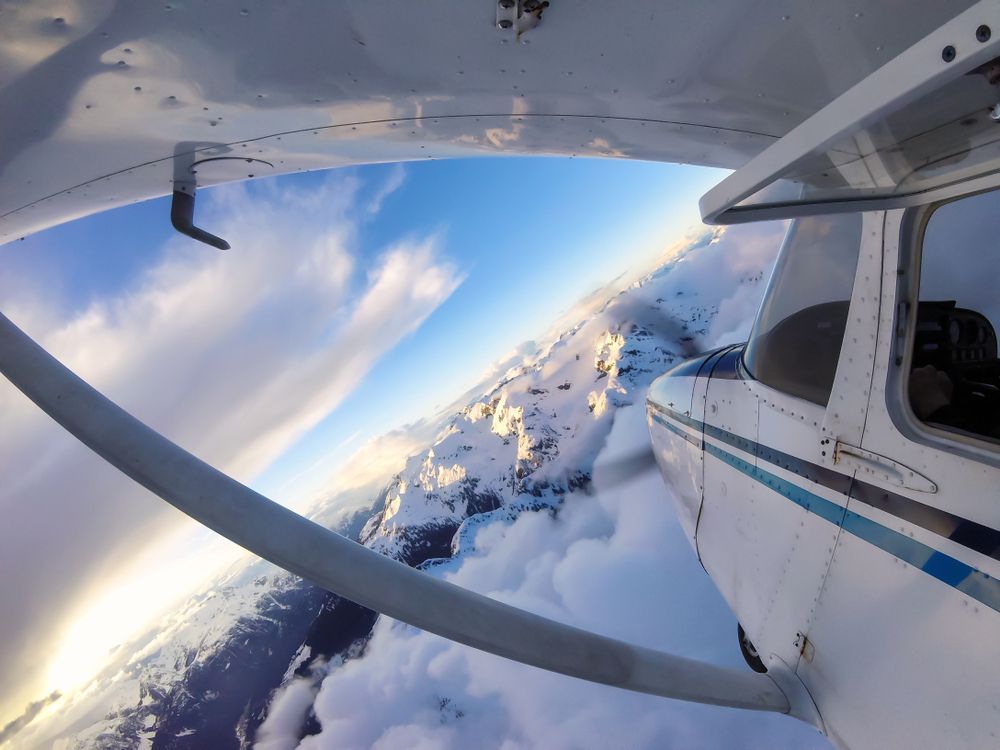
Roll, pitch, and yaw are more complicated to handle on an aircraft than on a boat, since you have the most freedom of movement in all dimensions. Generally you won't see the term yaw when it comes to driving a car, truck, or motorcycle because yaw typically applies to transportation vessels and even animals that can move in three dimensions. In a sense, a car can experience yaw rotation, but it's not something you should be feeling, since it mostly occurs during a sharp turn or brake when spinning out or hydroplaning in bad weather.
In flying, a pilot needs to constantly maintain the yaw angle to ensure a safe flight. When turning an aircraft, it is always possible to experience adverse yaw. Adverse yaw causes an airplane to move in the opposite direction of a roll. This occurs when drag is generated by the lift of a wing while making a turn.
We will look more at how to control yaw, and how to combat adverse yaw in the next section.
How To Control Yaw?
When you think of an airplane soaring through the sky, you know the wings should be as perfectly horizontal as possible. This is because pilots require coordination to control all three movements at a time to keep the plane stable. Yaw is controlled by the plane's rudder, located on the edge of the vertical tail wing, also known as a vertical stabilizer. As the rudder moves from side to side, the tail is pushed in either direction. This is used in combination with the ailerons of a roll movement to turn the plane.
In the past, pilots sometimes used a string, placed vertically on the plane's nose within view, to monitor when they needed to adjust the rudder, making sure the string was centered at all times. In today's worlds there are plenty of tools like yaw angle calculators and turn coordinators which aid pilots in keeping control of yaw simultaneously with pitch and roll.
When adverse yaw happens, the pilot must momentarily apply additional pressure to the rudder in the opposite direction of the turn. This requires a lot of additional work for a pilot, so many use a yaw damper to lessen the constant yaw and roll motions. This can reduce the pressure of constant monitoring and work of the pilot to stabilize the plane.
How is Yaw Important in Flight School?
You simply will not be able to learn how to fly without knowledge of yaw, your other axes of movement, and how they are all connected. It might look easier than it appears, but controlling all rotation types will keep you and others safe. By reading this, you are already on your way to grasping the fundamental concepts of controlling an aircraft, something you will need to do before you ever leave the ground. While you may get to fly in well controlled aircraft, knowing how to control yaw is still essential in many models, and will always help you get out of dangerous situations.
Being able to answer what yaw is is just one of the things you will need to know to pass ground school, one of your huge steps to getting through flight school. However, to take off on your career as a pilot, your first step of many will be choosing the right flight school. In the Chicago area, J.A Flight is your number one option to start off on a high note. We accept students from all walks of life, whether you're looking to earn your college education in conjunction, or are looking for a career change. We truly show we are here to help with our financing options, amazing faculty, and first class flight instruction. Ask about our career airline flight program and get started with us today!
Bottom Line
You cannot turn a plane without yaw movement. Operating vehicles that travel in two dimensions will not be able to teach you the sensation of yaw rotation. Understanding yaw is not only essential, but required to become any kind of pilot. There have been many advances in aircraft technology to make maintaining yaw rotation much easier, but it doesn't make learning about yaw any less important. You will need to become comfortable in the fundamentals of aircraft rotation and how to control all of them in order to make sure you will be able to navigate any situation in the air, and create a safe, stable flight for everyone involved.
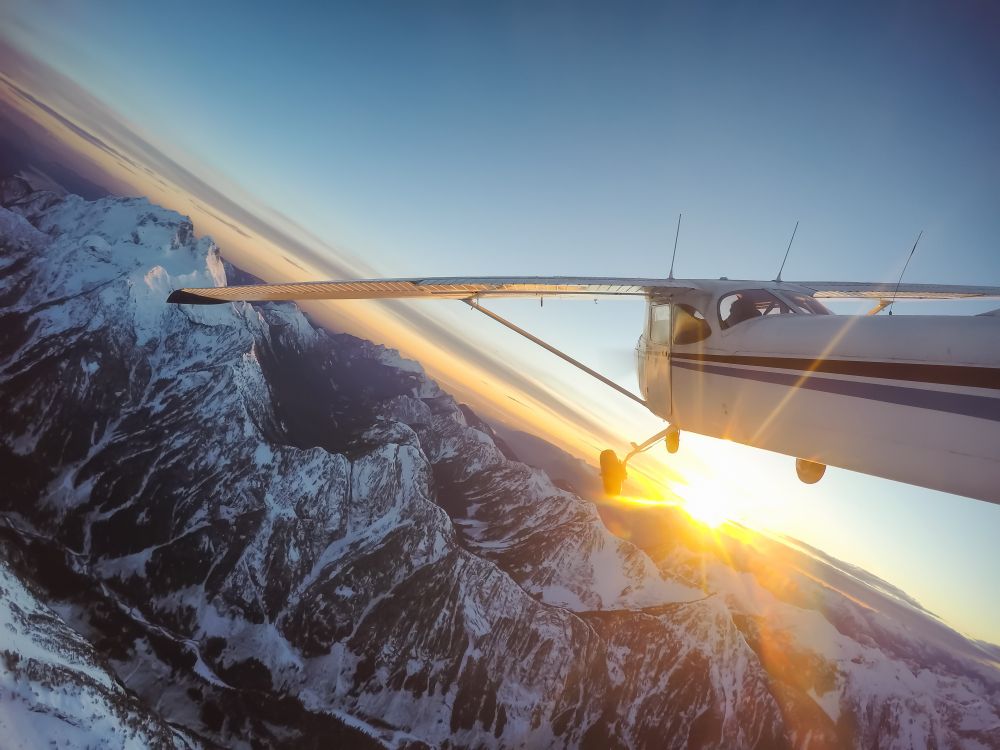
Contact our staff at J.A. Flight Training for any further questions you may have concerning coordinated flight principles and how it applies to your education with us in learning how to fly. We have a huge success rate in turning our students into professional career pilots, enroll with us to see why!
Connect with Us:
